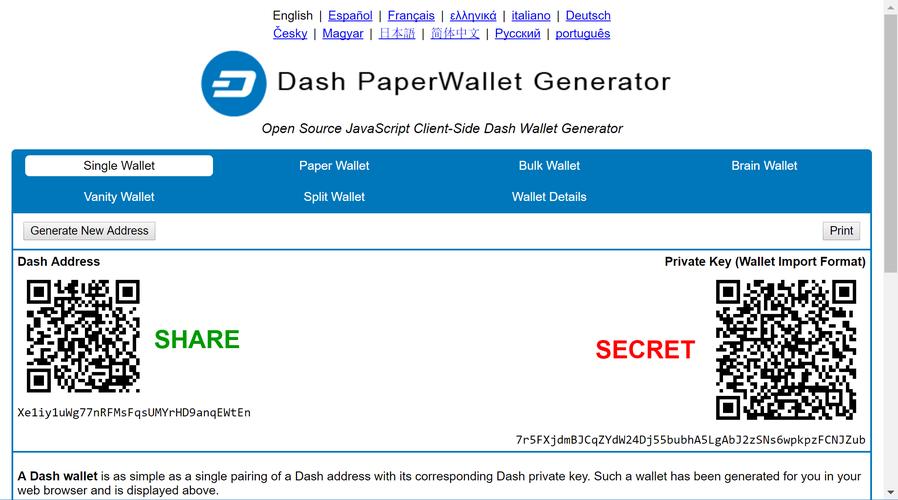
Does Eth2 Replace Eth?
As the blockchain industry continues to evolve, Ethereum, one of the most prominent platforms, is undergoing a significant transformation. The Ethereum network is set to transition from its current Proof of Work (PoW) mechanism to a Proof of Stake (PoS) mechanism with the launch of Ethereum 2.0 (Eth2). This transition has sparked a debate among enthusiasts and experts alike: does Eth2 replace Eth? Let’s delve into the details to understand the implications of this transition.
Understanding the Difference Between Eth and Eth2
Ethereum (Eth) is a decentralized platform that enables the creation of smart contracts and decentralized applications (DApps). It operates on a Proof of Work consensus mechanism, which requires miners to solve complex mathematical puzzles to validate transactions and secure the network. This process consumes a significant amount of energy and computational power.

Ethereum 2.0 (Eth2) is the next iteration of the Ethereum network, designed to address the limitations of the current PoW mechanism. Eth2 introduces a PoS consensus mechanism, which is more energy-efficient and scalable. In PoS, validators are chosen to create new blocks based on the number of tokens they hold and are willing to “stake” as collateral.
Energy Efficiency: A Key Differentiator
One of the primary reasons for transitioning to Eth2 is the significant improvement in energy efficiency. The PoW mechanism used by Ethereum consumes a substantial amount of energy, which has raised concerns about its environmental impact. According to a report by the Cambridge Centre for Alternative Finance, Ethereum’s energy consumption is equivalent to that of a small country.
With Eth2, the energy consumption is expected to decrease by a factor of 99.95%. This is due to the PoS mechanism, which requires significantly less energy to validate transactions. The transition to Eth2 will not only make Ethereum more sustainable but also position it as a leader in the energy-efficient blockchain space.
Scalability: A Much-Needed Improvement
Another critical aspect of the Eth2 transition is scalability. The current Ethereum network faces limitations in terms of transaction throughput, leading to high gas fees and network congestion during peak times. Eth2 aims to address this issue by implementing a sharding mechanism.
Sharding is a technique that divides the network into smaller, more manageable pieces, allowing for parallel processing of transactions. This will significantly increase the network’s capacity and reduce transaction times. According to Ethereum’s roadmap, Eth2 is expected to support up to 100,000 transactions per second, compared to the current 15-30 transactions per second.
Tokenomics: A New Era of Staking and Rewards
Eth2 introduces a new tokenomics model that focuses on staking and rewards. In the current Ethereum network, miners are rewarded for their efforts in validating transactions. In Eth2, validators will be rewarded for their participation in the network.
Users can stake their ETH tokens to become validators and earn rewards in the form of ETH. This new model is expected to incentivize more users to participate in the network and contribute to its security. According to Ethereum’s official documentation, the annualized return on staking is expected to be around 4.5% for the first few years, increasing to 12% over time.

The Road to Eth2
The transition to Eth2 is a complex process that involves multiple phases. The first phase, known as the beacon chain, was launched in December 2020. The beacon chain is responsible for managing the consensus mechanism and validator selection.
The next phase, known as the merge, will combine the beacon chain with the existing Ethereum mainnet. This is expected to happen in the first half of 2022. The final phase, known as the Shanghai upgrade, will introduce staking rewards and other features that will complete the transition to Eth2.
Conclusion
Does Eth2 replace Eth? The answer is not a straightforward yes or no. Eth2 is not a replacement for the current Ethereum network but rather an evolution that aims to address its limitations. The transition to Eth2 will bring significant improvements in energy efficiency, scalability, and tokenomics, making Ethereum a more sustainable and robust platform.
As the Ethereum community continues to work towards the Eth2 transition, it is essential to stay informed about the progress and potential challenges. The future of Ethereum looks promising, and the Eth2 upgrade is a crucial step towards achieving its long-term goals.



